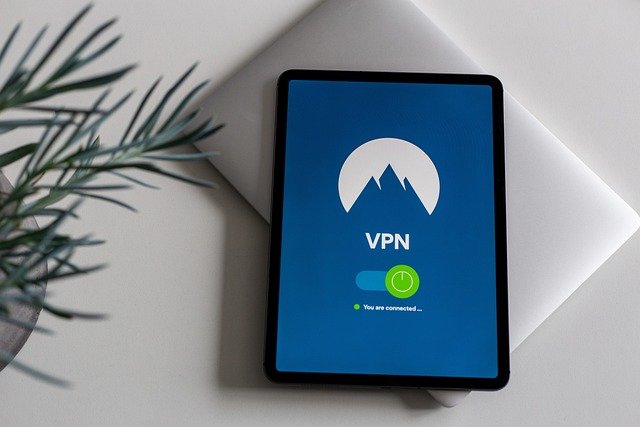Optimizing Technology and Bandwidth for Global eLearning Delivery
Delivering eLearning at global scale requires careful planning of both technology and bandwidth to support diverse learners. This overview outlines technical strategies for remote, synchronous, and asynchronous instruction, and highlights considerations for K-12 and higher education settings, accessibility, assessment, accreditation, and microcredentials.

Delivering consistent online education across regions requires a blend of resilient infrastructure, pedagogical adaptation, and policy clarity. Effective global eLearning delivery balances bandwidth optimization with inclusive design, secure data practices, and assessment approaches that work for both synchronous and asynchronous learners. Institutions that align technology choices with curriculum goals and accreditation expectations can extend access while protecting privacy and maintaining engagement for K-12 and higher education audiences.
How does bandwidth affect remote and synchronous learning?
Bandwidth directly influences the quality of live lectures, breakout rooms, and real-time interaction. In remote synchronous sessions, insufficient upstream or downstream capacity causes audio/video degradation, lag, and dropped connections that reduce engagement and participation. To mitigate this, platforms should support adaptive bitrate streaming, allow audio-only joins, and provide automated captions or transcripts. For K-12 contexts where home networks vary widely, planning minimal viable experiences—low-resolution video, preloaded slides, and text chat—helps ensure equitable access without compromising learning outcomes.
What technology supports asynchronous and hybrid delivery?
Asynchronous delivery depends on robust learning management systems (LMS), recorded media, and modular resources that learners can access on their own schedule. Hybrid models add synchronous touchpoints that must integrate with asynchronous materials through timestamped recordings, discussion threads, and microcredentials that recognize discrete skills. Scalable cloud hosting, CDNs, and mobile-optimized file formats reduce latency and make downloads faster. Curriculum designers should chunk content into short modules, include offline-capable resources, and adopt interoperability standards (SCORM, LTI) so content moves between systems used by different institutions.
How to ensure accessibility and engagement?
Accessibility and engagement are closely linked: learners engage more when content is perceivable and operable across devices and conditions. Provide captions, transcripts, alt text, clear semantic markup, and keyboard navigation to support assistive technologies. Engagement features that conserve bandwidth—text-based forums, polls, and collaborative documents—allow participation without high-speed connections. Implement Universal Design for Learning (UDL) principles so learners can choose synchronous or asynchronous pathways. For global audiences, consider multilingual resources and local services or mirrors to reduce latency and adapt examples to regional contexts.
How are assessment and curriculum adapted for eLearning?
Assessment strategies should balance validity with fairness given variable connectivity. Formative assessments such as low-bandwidth quizzes, discussion-based reflections, and project portfolios work well in asynchronous settings; summative assessments may combine proctored exams, project-based evaluation, and oral defenses. Align curriculum and assessment so learning outcomes are demonstrable through artifacts that travel with the learner, supporting recognition via microcredentials. In both K-12 and higher education, mix synchronous checkpoints with asynchronous assignments to measure engagement and mastery without penalizing those with intermittent access.
How do privacy and cybersecurity apply to global delivery?
Cross-border eLearning requires attention to data sovereignty, secure authentication, and minimizing data collection. Use encrypted transport (HTTPS), role-based access control, and consider multi-factor authentication where appropriate. Limit storage of sensitive personally identifiable information and adopt vendor agreements that respect regional privacy regulations. At the network level, deploy firewalls, regular patching, and monitoring to reduce risk. When using third-party tools, evaluate vendor compliance and consider locally hosted or federated identity solutions to maintain control and reduce latency for learners in different jurisdictions.
What role do accreditation and microcredentials play?
Accreditation provides standards that shape documentation, assessment integrity, and reporting practices; technology must support evidence of learning outcomes. Microcredentials offer granular recognition for skills obtained through short modules or asynchronous study and can be stacked toward broader qualifications. Maintain clear records, learning artifacts, and metadata about assessments so credentials are verifiable across institutions and borders. Aligning platform capabilities, bandwidth strategies, and curriculum design with accreditation requirements helps institutions demonstrate consistent quality in both K-12 pathways and higher education programs.
Conclusion Optimizing technology and bandwidth for global eLearning delivery requires integrated planning across infrastructure, pedagogy, and policy. Prioritizing adaptive delivery mechanisms, accessibility, secure data practices, and assessment methods that tolerate variable connectivity expands reach while preserving educational quality. Thoughtful alignment with accreditation and use of microcredentials supports recognition and learner mobility across diverse contexts.






